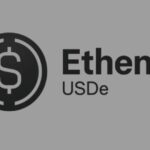Around $1 billion in net outflows has been posted by U.S. spot Ethereum ETFs, just days after they took in roughly $1.4 billion the week before. The swing is centered on primary market creations and redemptions that have become the primary channel for institutional ETH exposure in the U.S.
According to SoSoValue’s U.S. ETH ETF dashboard, cumulative net outflows across the eight-day span from Aug. 29 to Sep. 5 amounted to about $952 million. The same feed shows that the week immediately before, Aug. 22 to Aug. 28, drew roughly $1.58 billion in net inflows, which confirms the week-to-week volatility seen in daily totals.
Daily prints underline how quickly flows can pivot. On Sep. 5, the combined products recorded about $446.8 million leaving in one session, a return to redemptions after several inflow days the week prior.
At the broader product level, CoinShares’ latest weekly fund-flows report for the period ending Sep. 1 shows Ethereum leading all digital assets with about $1.4 billion of inflows. The note also records that flows turned negative on the Friday of that week after the U.S. core PCE release, linking the change in tone to macro data rather than product-specific mechanics alone.
Product design still matters for its staying power. U.S. spot ETH ETFs do not engage in proof-of-stake validation or any related activity that would generate staking rewards.
In its prospectus, BlackRock’s iShares Ethereum Trust states that no portion of its ether will be used for staking, either directly or indirectly, and that it will not earn any staking income. The lack of native yield within the product can reduce the incentive to hold through drawdowns, especially when spot ETH holders can access staking returns on-chain.
Grayscale’s converted ETHE often posts redemptions on risk-off days, while lower-fee funds absorb creations when demand returns, which is a rotation that has been present since launch, as is shown by Farside’s ETH ETF table. These micro-shifts can amplify total flow volatility as market makers rebalance inventory and arbitrage discounts or premiums to NAV.
Three Quantifiable Levers for the Future of Spot ETH ETFs
Macro calendars have mapped neatly to flow inflections this summer, with PCE and similar releases aligning with day-to-day flow reversals in CoinShares’ weekly narrative and the trackers’ tables. Therefore, upcoming data releases will continue to be significant for creations and redemptions.
Pricing of carry alternatives remains relevant, since the non-staking structure leaves ETFs with no embedded yield. This gap can encourage profit-taking after rallies or delay re-entries until risk budgets are reset.
Dispersion across issuers by fee and liquidity can keep total flows choppy, even when the headline price is flat, as creations migrate toward the lowest-cost products and redemptions become concentrated in higher-fee wrappers.
A roughly $1.58 billion net intake across Aug. 22 to Aug. 28 was met by about $952 million of redemptions from Aug. 29 to Sep. 5, as is shown by SoSoValue’s U.S. dataset. A single-day outflow of about $446.8 million was also seen on Sep. 5.
The takeaway for what comes next is mechanical rather than narrative. These ETFs now act as a high-throughput on-ramp and off-ramp for ETH exposure. Flows remain closely tied to macro prints, and, as issuer documents make clear, the products do not stake, at least not yet.
Staking Approval: A Game-Changer for Ethereum ETFs?
If the SEC approves staking within U.S. spot Ethereum ETFs, it could significantly reshape demand. Analysts believe that embedding yield through staking could “flip the switch on demand,” thereby increasing institutional inflows and liquidity by adding over 3% in annual return potential on top of existing basis trades.
This would signal a fundamental change in the way capital flows into ETH. Cboe BZX and NYSE Arca already filed amended applications earlier this year to allow staking. The SEC has delayed decisions on Grayscale’s proposal and set a final deadline in October.
According to a Bloomberg ETF analyst, staking approval may be granted by late 2025, with the review of BlackRock’s staking application possibly occurring by April 2026 at the latest.
The groundwork, including the SEC’s softening stance on liquid-staking tokens, means staking within ETFs could emerge as soon as Q4 2025, which will unlock a new era of yield-driven ETF participation.















